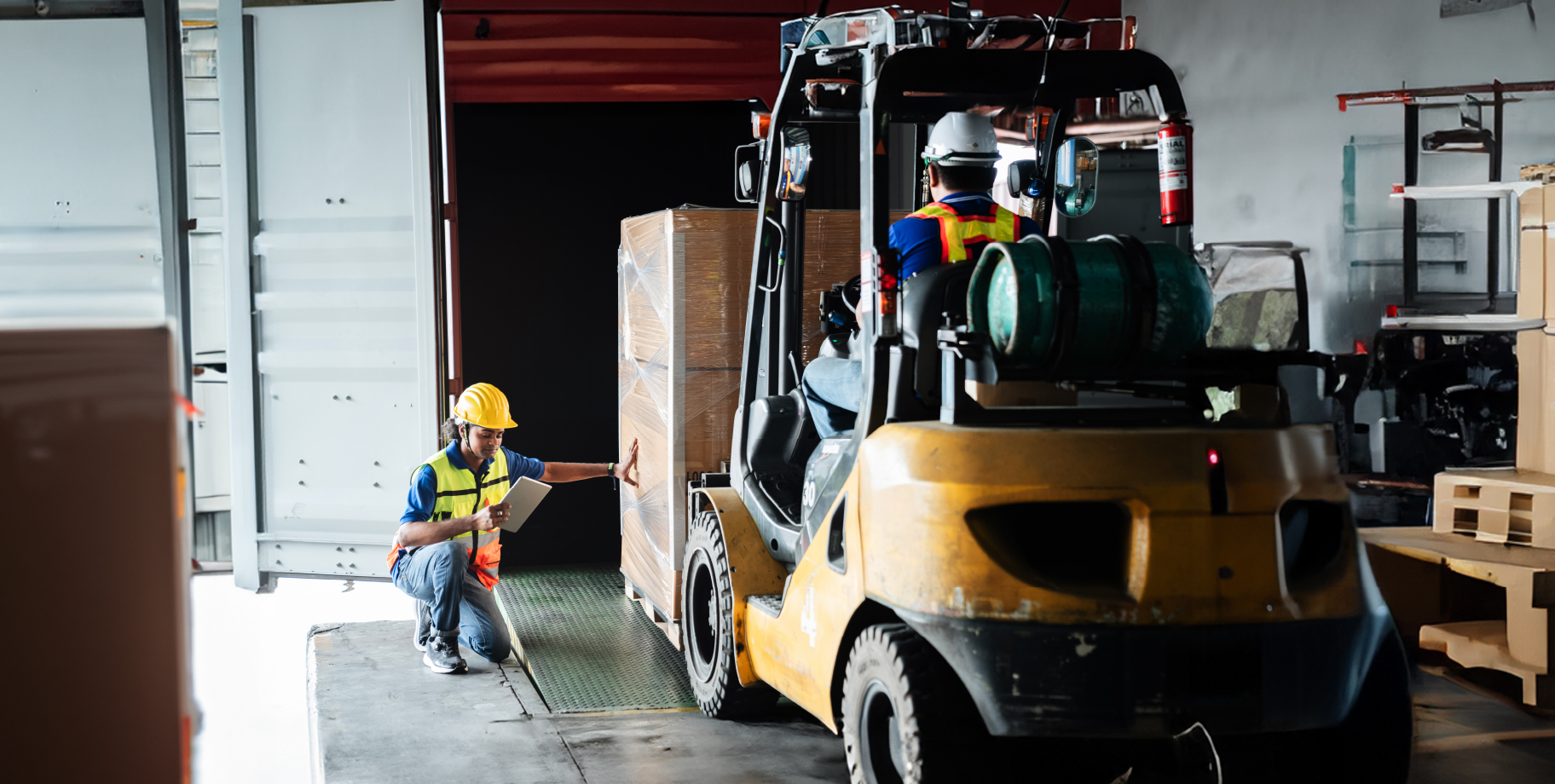Bonded Warehouse vs FTZ: Which Should You Use?
Jul 28, 2025
Bonded Warehouse vs FTZ: Which Should You Use?
Importing freight into the U.S. comes with one big challenge: knowing when and how to pay duties. For many shippers, bonded warehouses and Foreign Trade Zones (FTZs) offer ways to reduce costs, delay payments and manage complex inventory more efficiently. But these tools serve different purposes. The key is understanding which fits your supply chain.
In this blog, we’ll break down the scenarios where a bonded warehouse makes the most sense, when an FTZ adds more value and how to choose the right option based on your shipping strategy.
What Is a Bonded Warehouse?
A bonded warehouse is a secured storage facility regulated by U.S. Customs and Border Protection (CBP) where imported goods can be held without paying duties for up to five years. You can store goods here until they are:
- Re-exported
- Entered into U.S. commerce (triggering duties)
- Manipulated or repackaged (with approval)
This makes bonded warehousing particularly useful when you have uncertainty around demand, destination or timing of U.S. distribution.
Bonded Warehouse Scenario: Holding Seasonal Imports Until Demand Hits
A home décor importer receives container loads of holiday-themed merchandise from Asia in July. Rather than pay duties and warehouse fees upfront for products that won’t ship to retailers until October, the importer places the goods in a bonded warehouse near the port of entry.
This allows them to:
- Defer duty payments until October distribution
- Avoid tying up cash in duties for three months
- Re-export any unsold inventory post-season without paying U.S. tariffs
Bonded warehousing gives this importer financial flexibility and agility in managing seasonal inventory without committing to U.S. entry costs until needed.
What Is a Foreign Trade Zone?
An FTZ is a designated area within the U.S. considered outside U.S. customs territory for tariff purposes. Companies operating in FTZs can:
- Store, assemble, test or repackage goods
- Pay duties only when goods enter U.S. commerce
- Avoid duties on re-exported goods or on waste or byproducts
- Consolidate duties on finished goods instead of parts
FTZs are ideal for manufacturers or distributors with complex import or export activity who want to reduce administrative and financial burdens.
FTZ Scenario: Consolidating Duties for a Finished Product
An electronics company imports components from multiple countries to assemble tablets in the U.S. If those parts are imported directly into U.S. commerce, each component incurs its own duty.
Instead, the company establishes its operation in an FTZ. They bring in all components duty-free, assemble the tablets and then:
- Pay duties only on the finished tablet when it’s sold in the U.S.
- Avoid duties entirely on any units exported to Canada or the EU
- Eliminate costs on defective parts discarded during production
This FTZ strategy significantly reduces the company’s duty burden, simplifies customs compliance and improves margins.

Key Differences at a Glance
| Feature | Bonded Warehouse | Foreign Trade Zone |
| Quantity in the U.S. | 1,700 | 200 |
| Duty Payment | Deferred until entry into U.S. commerce | Deferred until entry into U.S. commerce |
| Maximum Storage Time | Up to 5 years | Indefinite while in FTZ compliance |
| Manufacturing Allowed | No | Yes |
| Ideal For | Importers with seasonal or uncertain U.S. demand | Manufacturers and exporters managing large duty exposure |
| Re-Export Duty | Not paid | Not paid |
| Entry Process | Formal customs entry required | Streamlined entry via zone procedures |

Choosing the Right Fit for Your Supply Chain
When evaluating whether to use an FTZ or bonded warehouse, consider the following:
- Which is more accessible in terms of location and setup speed? With more than 1,700 bonded warehouses in the U.S., compared to only 200 FTZ warehouses nationwide, bonded warehousing is far more prevalent.
- Do you manufacture or assemble imported goods? FTZs allow full processing and manufacturing. Bonded warehouses do not.
- Are your goods seasonal or at risk of being re-exported? Bonded warehouses offer flexibility to defer or avoid duties on unsold inventory.
- Do you import high-volume parts with varying duty rates? FTZs can consolidate duty payments based on the final product.
- Do you need long-term storage flexibility? FTZs can offer more flexible timelines without expiration, while bonded warehouses cap at five years.

Unlocking Value with the Right Customs Strategy
Bonded warehouses and FTZs are not just about deferring duties. They’re about unlocking liquidity, reducing risk and increasing supply chain optionality. Whether you’re importing for direct distribution, manufacturing finished goods or navigating complex international trade conditions, these customs tools can provide a measurable financial advantage.
To find out which option fits your needs or how to incorporate bonded or FTZ warehousing into your shipping strategy, contact NTG. We’ll help you identify the best path forward for cost efficiency, compliance and competitive edge.
Recent Posts

Stay in the Know: Carrier Trends & Market Updates

Q4 2025 Transportation Outlook


